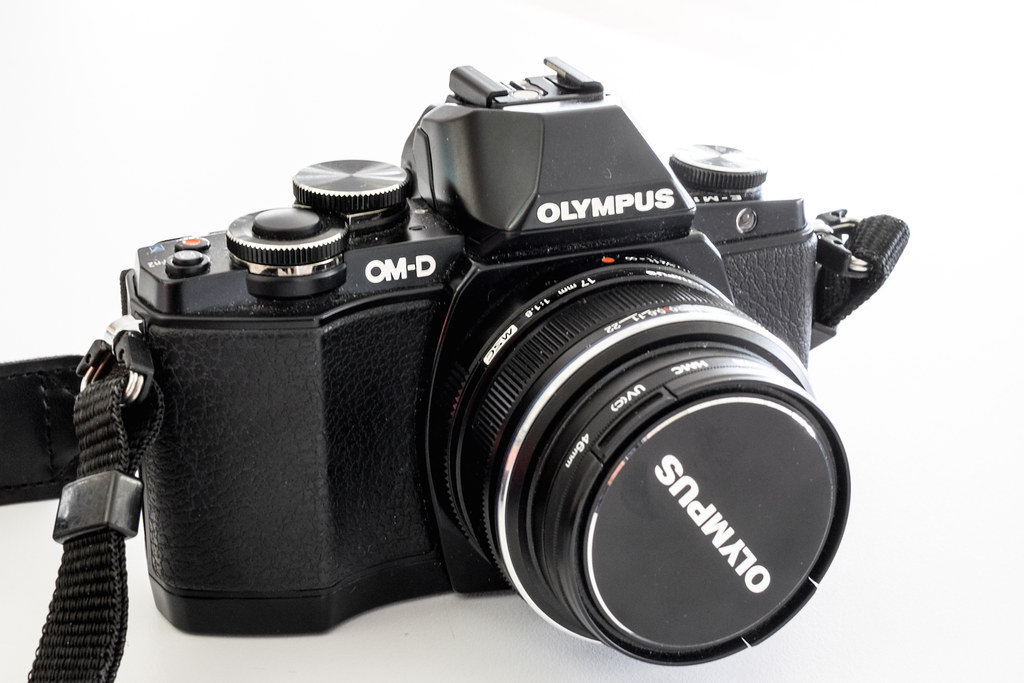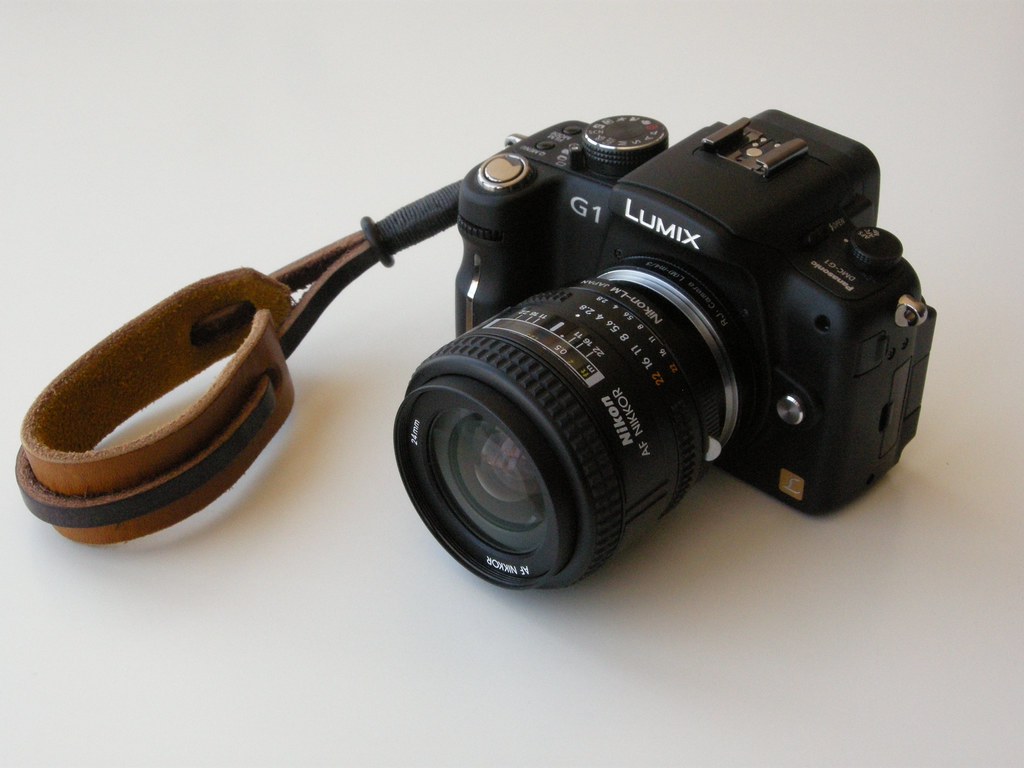Announced in 2008, Micro 4/3 systems have found a niche in the space for photographers looking for more versatility and quality than a point-and-shoot and less expense than a full DSLR system. These systems come in two parts: a camera body that houses the electronics and the sensor, and a lens, which contains the optics. Different lenses can be used for different photographic scenarios.
Cost
Complete starter Micro 4/3 systems sell for US$250-300; extra lenses (of which there are many) can be bought from anywhere between US$100 to over US$1000+
Versatility & Performance
These systems are ideal for enthusiastic amateurs who are looking for a versatile camera that isn’t expensive, but produces high-quality images. The larger sensor permits better performance in low-light, along with better color reproduction.
Compared to other systems
Micro 4/3 cameras are great in terms of offering both good value for money and versatility for the amateur photographer who would like room to grow toward semi-pro. The big steps-up they offer from compact cameras is in the sensor and in interchangeable lenses.
The larger sensor offers even better low-light performance than compacts, and allows for much shallower depth-of-field. Using the right lens, it’s possible to achieve blurred-out backgrounds for portrait shots. Note that the extent of the blur is still limited. Aside from all but the most luxuriously expensive prime lenses, you’re looking at a full-frame equivalent focal-length of around f/4.4 and above.
The biggest difference comes from being able to swap out lenses, and Micro 4/3 permits using a lens from one manufacturer on another Micro 4/3 camera body. The physical design of the optics also means that cheap adapters are available to use lenses from larger systems – such as DSLR’s – on the Micro 4/3 body, with a few caveats.
Most Micro 4/3 systems come in a package with a zoom lens with similar characteristics to a compact camera zoom. Long focal length telephoto lenses can be bought for photographers wanting to get closer to their subjects for sports & wildlife photography. Where Micro 4/3 really stands out from compacts is the easy availability of excellent prime lenses. These prime lenses are usually a fixed focal length but have high-quality, ‘fast’ optics, which are great for specialist applications like portrait, fashion, and wildlife photography. Additionally, there are other primes that are good for macro photography for those who like to get in super close.
An affordable way for an amateur to work out what lenses they need is to rent the lenses they would like to try out instead of purchasing them.
Focal magic
A recent development in consumer optics has been the advent of relatively cheap focal reducers – notably the Metabones ‘speed booster.’ This adapter allows the usage of DSLR lenses on a Micro 4/3 body, but the intermediate optics focusing the image on the smaller sensor increases the effective aperture of the lens by one stop (so an f/2.2 lens goes to f/1.2, for example). It also reduces the crop factor of the sensor, so a full-frame 35mm lens is 50mm mounted with a focal reducer, or a relatively long 70mm without.
How to buy
The typical starter lens in a Micro 4/3 package tends to be a zoom lens that offers a similar zoom range than compact cameras. While these tend to produce good images in everyday scenarios, there are Micro 4/3 lenses for more specialist applications – macro lenses for close-up, telephoto lenses for distant subjects and sports, and a full range of prime lenses for portraiture and fashion photography. These lenses start as low as $US100, but typically range from US$200-300, with some specialist lenses running north of $US1500.
Olympus has a venerable series of Micro 4/3 cameras in the classically styled E-P series and the semi-pro OM-D series, and Panasonic has the DMC-GF series as well offerings from Kodak and others. There are a wide variety of different cameras here, so how do you choose between them? Here are a few features to look out for:
- Size: most Micro 4/3 cameras are pretty small and light. If you’re after something a bit more rugged and possibly weather sealed, it’s worth looking at the semi-pro offerings from Olympus and Panasonic – though this does come at the cost of a much heavier camera body.
- Controls: these cameras go all the way from touchscreens to a full range of manual controls. For the amateur who wants to grow, it’s worth considering a camera with more manual controls available as separate dials – these are important when out in the field.
- Viewfinder: aside from supporting a local business, it’s worth visiting a local camera store to try out the cameras, and especially to see if you need a separate small electronic viewfinder. You compose the shot by looking through the viewfinder, and many will find this is a more natural way of shooting as you can more directly ‘see’ what the camera does and stabilize the camera with your own head.
- Lenses: if a system comes with a good prime lens as part of the package, consider it, especially if you are an amateur looking to move to the next level.
A great collection of Micro 4/3 images can be found at the ‘Micro 4/3’ group on Flickr.
(Be sure to read Part 1, Part 2, and Part 3 of this series. The last part will be published tomorrow)


